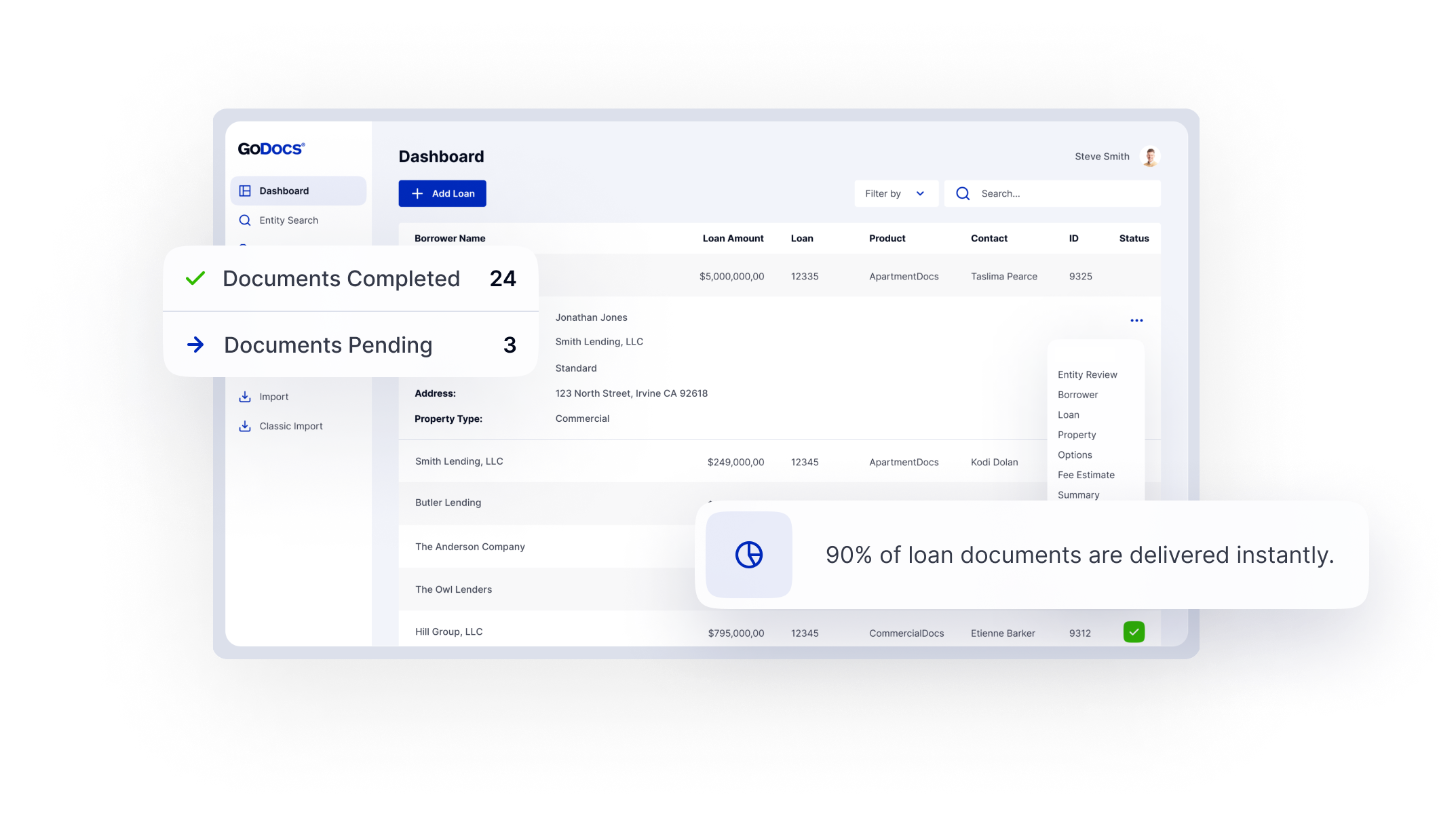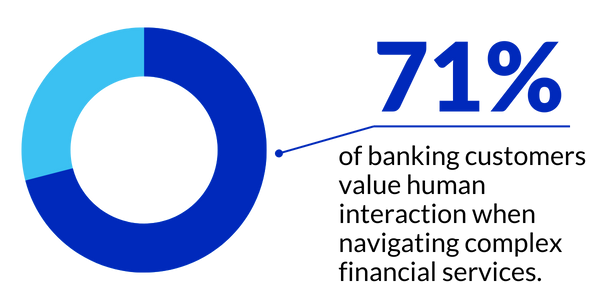If you're looking for a 2025 survival strategy, start by rethinking how you diversify your loan portfolio.
As we enter the midpoint of a high-pressure economic year, one truth is becoming crystal clear for commercial lenders: diversification isn’t optional; it’s essential.
Lenders who always keep a close eye on viewing all loan transactions as part of a diversified portfolio of investments have a distinct advantage over their competitors who lose sight of that protective viewpoint. Just like any good investment strategy, diversification reduces risk, balances gains and losses, and enhances long-term resilience. In 2025, many a lender’s resilience is being tested.
The Geography Factor
It’s rare for every region of the country to decline at the same time. That’s why CMBS loan pools are built on the mandate of geographic diversity. Whether you’re originating loans in Texas, the Midwest, or the Northeast, cycles hit markets differently. One area may be struggling with industrial downturns, while another still sees strength in housing or logistics supportive properties.
Multifamily continues to hold its ground in many markets because, regardless of the condition of the broader economy, people still need places to live. Similarly, retail centers anchored by grocery stores also have proven to be more recession-resistant. People might buy fewer types of cereal, but they won’t stop buying food.
Concentration Risk in 2025
Concentration risk is especially dangerous this year. We’re seeing a mix of global GDP slowdowns, stable but elevated interest rates, and supply chain delays and disruptions, all of which are affecting different asset classes unevenly. Add in the impact of tariffs and inflation, and some asset classes, such as manufacturing, construction and farming, are expected to take heavier hits.
If your lending activity is overly concentrated in one region or loan type, now’s the time to focus on underrepresented areas and/or loan products. That might mean shifting away from bridge loans in overbuilt markets, or exploring properties that support e-commerce, like warehouses and datacenters.
Expanding Without Compromising Compliance
Diversification isn’t just about breadth; it’s also about depth. That means revisiting the geographies you serve, the asset types you support, and the mix of borrower relationships in which you have invested. But expanding your footprint isn’t without its challenges. From regulatory nuances to competition from national lenders, local and regional lenders need to weigh new opportunities against the costs of compliance, expanded marketing and sales efforts, and launching new loan products.
If you’re a smaller institution looking to scale geographically, remember: the national players already have relationships with the larger developers. But that doesn’t mean you can’t compete. By leveraging automation, modern document workflows and compliance tools, you can scale smarter, faster and cheaper, even if your bench isn’t as deep.
Final Thoughts
Loan diversification isn’t just about protecting against downturns. It’s about preparing for what’s next. Whether you’re introducing new loan types, entering unfamiliar markets, or reassessing your portfolio mix, a more resilient future starts with strategic diversification today.
Head of Business Strategies & Partnerships








